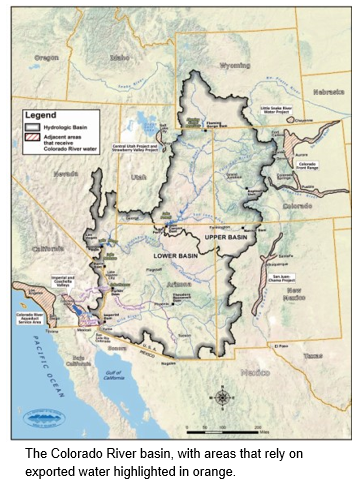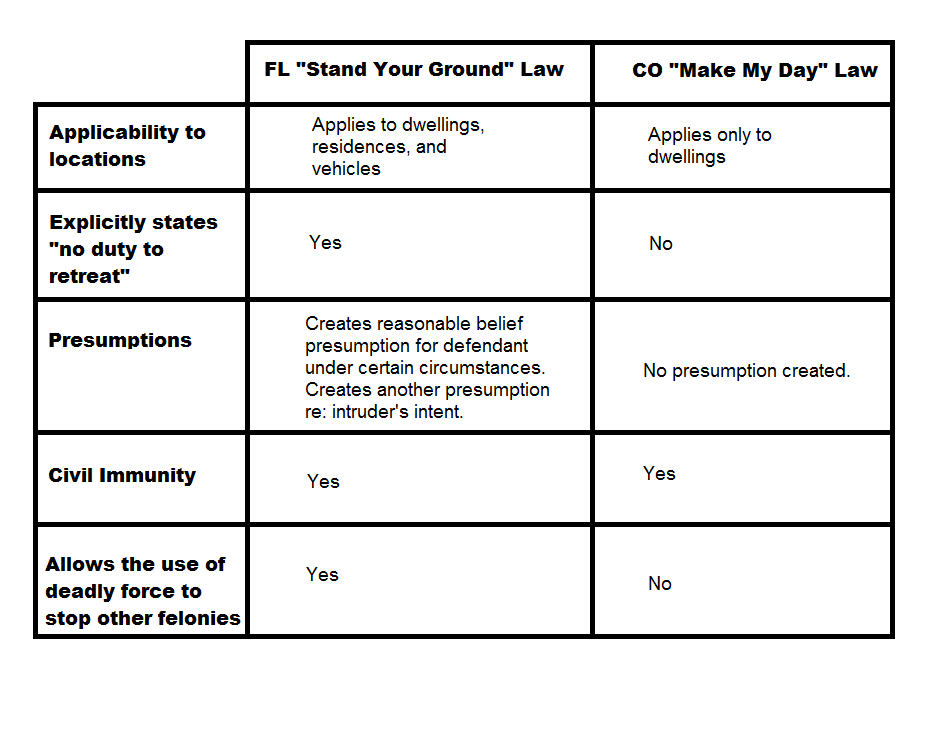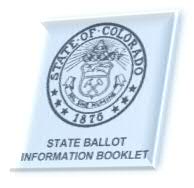by Jacob Baus
Few things are certain in life. In the General Assembly, school finance is one of the few things that is annually certain.
School finance has a reputation for being a confusing topic. That is a somewhat fair reputation because it is easy to quickly lose the forest for the trees. But the goal of this article is to try to make school finance less confusing.
Let us start with the basics.
Colorado Constitution
Pursuant to the Colorado Constitution, the General Assembly is responsible “for the establishment and maintenance of a thorough and uniform system of free public schools throughout the state.”[1] This “thorough and uniform” requirement significantly informs much of Colorado’s education policy, especially its school finance policy.

But what does “thorough and uniform” mean? Generally, the Colorado Supreme Court has held that “…’thorough and uniform’…[provides for] a public school system that is of a quality marked by completeness, is comprehensive, and is consistent across the state [and] does not demand absolute equality in the state’s provision of educational services, supplies, or expenditures.”[2] When examining the school finance formula in light of the thorough and uniform requirement, the Colorado Supreme Court has held that the formula adopted by the General Assembly that calculates every school district’s total program uniformly “is of a quality marked by completeness, is comprehensive, and is consistent across the state.”[3]
(For more information concerning the Colorado Supreme Court’s analysis of the “thorough and uniform” requirement and its application to school finance, please read the LegiSource article “Supreme Court Upholds General Assembly’s Authority as Education Policymaker”.)
District Total Program Versus Other Revenue
A school district’s revenue comes from multiple sources. One revenue source that all Colorado school districts receive is called “district total program.” A district’s total program is the financial base of support for public education in that district.[4] (More detail on where total program funding comes from below.) The school finance formula, codified by the General Assembly, annually determines each district’s total program.
A school district may have other sources of revenue that are distinct from its total program. For example, a district may receive a grant for a particular purpose such as new computers or federal funding because of the poverty rate of its student population. Additionally, a school district may have obtained voter approval for a bond for a one-time purpose such as a new school facility or a mill levy override (not to be confused with a district mill levy) for an ongoing administrative purpose such as an increase in teacher pay.
Total Program Formula
The school finance formula is comprised of distinct elements and factors that are calculated using uniform formulas that apply district-specific characteristics – most commonly, the district’s student population or a specific group of the student population.
For example, one element of the school finance formula determines the amount of “district English language learner funding.”[5] A district’s English language learner funding is determined by multiplying the number of English language learner students enrolled in the district by a dollar amount that is determined by a standard formula.
Therefore, if District A has 104 English language learner students, District A’s English language learner funding is determined by multiplying 104 by the English language learner funding amount. If District B has 219 English language learner students, District B’s English language learner funding is determined by multiplying 219 by the English language learner funding amount.
After all of the formula’s distinct elements and factors[6] are calculated, they are added up, and the result is the district’s total program.
How is the District’s Total Program Funded?
Generally, a district and the state each pay a portion of a district’s total program. The district pays its obligation (“local share”) first, and the state backfills the remaining difference between the local share and the district’s total program (“state share”).[7] Given this backfill arrangement, there are instances when a local district is able to fully fund its total program without any state share.
The local share is comprised of two revenue sources: specific ownership tax revenue and property tax revenue.[8] Specific ownership tax is a tax that is collected on vehicles, and there are some parameters regarding the amount of this total tax revenue that is used for local share purposes.[9] With respect to property taxes, each district is required to levy a certain number of mills (not to be confused with a mill levy override). The number of mills that a district is required to levy for its local share is determined based on district-specific characteristics.[10]
The state share is comprised of money from the general fund, the state education fund, and the state public school fund.
What is Next?
After reading this article, you may have more questions about the topics briefly addressed, such as mill levies or the state education fund. Or, you may have questions about something that was not addressed but you have heard about, such as categorical program funding.
Hopefully, this article is the first in a series of articles that attempt to achieve the ambitious, and possibly delusional, goal of making school finance less confusing. In the meantime, the Office of Legislative Legal Services, and our sibling agencies, the Legislative Council Staff and the Joint Budget Committee Staff, are available to answer questions or provide available information regarding school finance and what it means for the school districts in your legislative district.
[1] Colo. Const., art. IX, sec. 2.
[2] Lobato v. State, 304 P.3d 1132, 1139 (Colo. 2013).
[3] Id. at 1141.
[4] Sec. 22-54-103.3 (1), 22-54-103.5 (1), and 22-54-104 (1), C.R.S.
[5] Sec. 22-54-103.5 (7) and 22-54-104 (4.3), C.R.S.
[6] Other funding factors include a district’s at-risk funding, extended high school funding, and cost of living.
[7] Sec. 22-54-106 (1)(b), C.R.S.
[8] Sec. 22-54-106 (1)(a), C.R.S.











